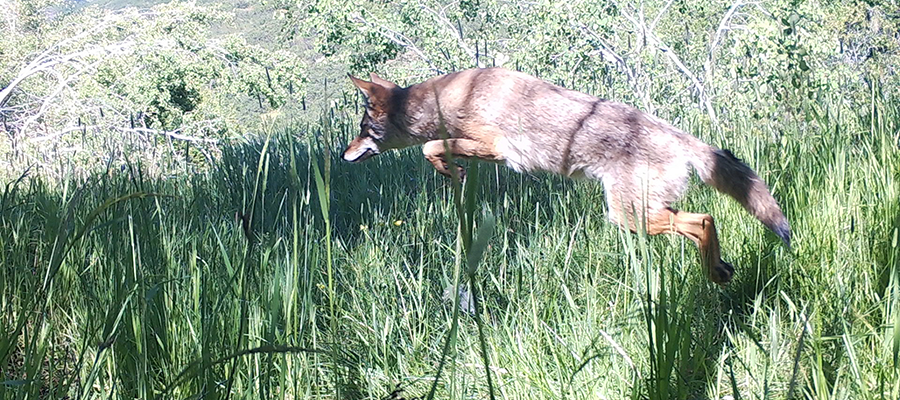
Excerpted from an article by Paul Gabrielsen in AtTheU. Read the full story here.
The coronavirus pandemic shut down a lot of research, including field research. But not so for Austin Green, a doctoral student in the Şekercioğlu research group in the School of Biological Sciences. A 2019 recipient of a National Geographic Society Early Career Grant who studies the wildlife that lives in the canyons of the Wasatch Front, Green knew that in spite of the pandemic, his network of automated motion-activated trail cameras would keep their silent watch over the canyons’ mammals and birds.
Now Green and his colleagues are sharing what they’ve learned about the importance of trail cameras for wildlife conservation and management in the journal Biological Conservation. As the COVID-19 pandemic has shown, they write, automatic trail cameras are good tools for a wide range of environments and research questions.
Çağan Şekercioğlu, associate professor in the School of Biological Sciences and GCSC faculty affiliate, says that trail cameras can also perform an important conservation function. While the general public, conservationists, rangers and others often had to stay home due to mandatory lockdowns, trespassers, poachers and illegal loggers continued going into wild areas. “During the lockdown, to this day in many places, trail cameras are our only eyes on the ground,” Şekercioğlu says.
